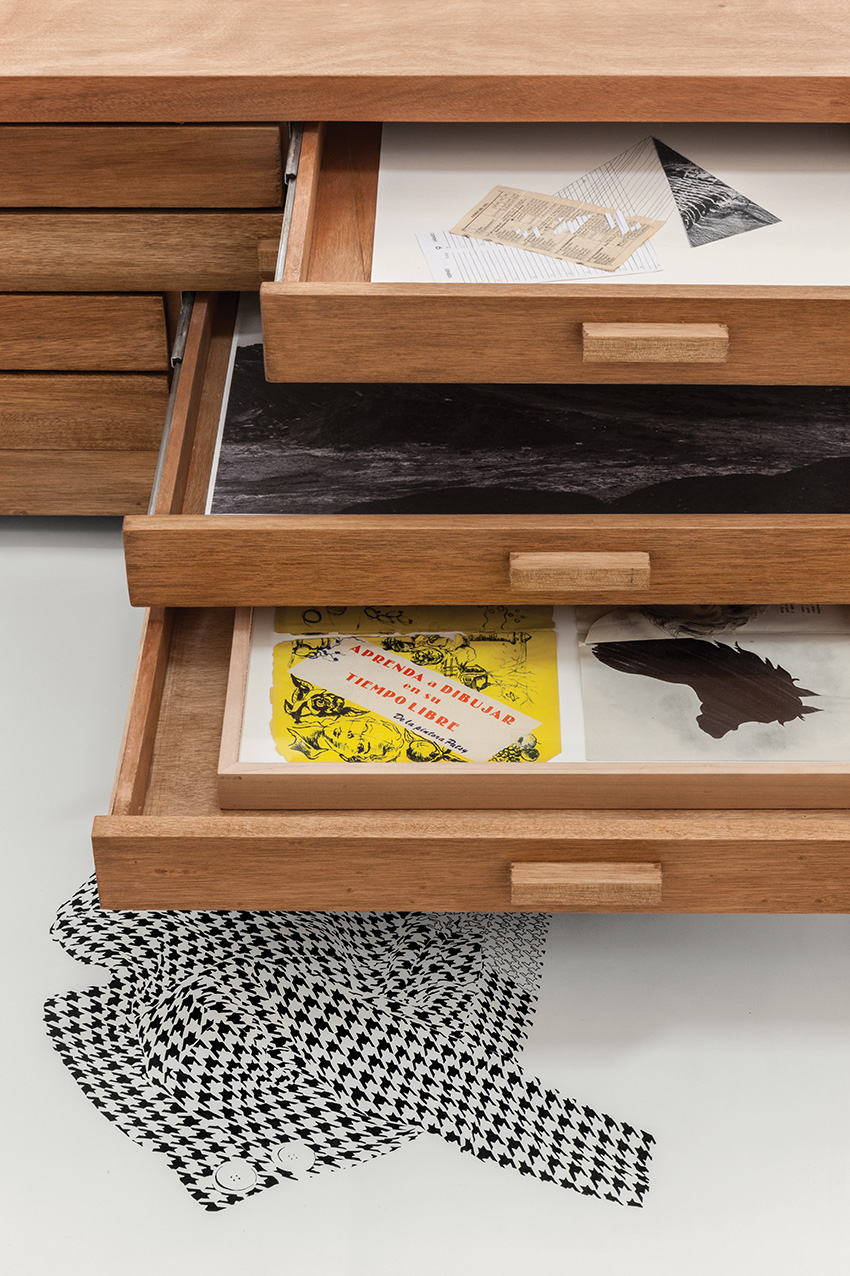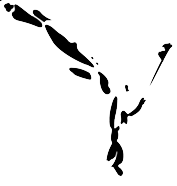





Soon it will be late
What is missing. “Soon it will be late” is an art event that nourishes itself on the absences. A photographed tree chunk is not here, a couple of meaningful letters are missing from the listed alphabet, a few pages from the calendar have been torn away. Also, the audience is not here to complete the images that organize and disperse like an exploration of temporary layers, historical con gurations, material strati cations, everyday time economized into old and abandoned calendars, dates and terms needed for spawning drawn shapes that follow the “learn to draw in your spare time” manuals, or the didactic, playful, artistic techniques; to build meanings through quick readings, spell, thought or desired drawings, through tracing images collected by memory. It is about constructing a game with these absences, understanding them not as an imminent frustration, but as the challenged posed by the uncertain exit of a labyrinth, or by the adventure of sketching the lost context of prehistoric stones, or by the challenge of attributing an event to the “februari 1917” printed on the sheet of some foreign and lost calendar.
And the most important. In the empty space a piece of furniture guarding the drawings remains, along with other works hanging here and there or laying against the wall. As the audience would have it, the exhibition is missing. Its catalogue is present, as well as the drawings, pictures, collages, silk- screens, the gallery’s exhibition dynamics such as invitations, an opening and a toast are also present. But, what the spectator (longing) nds, is the organization of a not-any-more- exhibition, of a past time that is surmised amidst this partial emptying of the white cube.
Something happened, but these unravelling times –“the cultural world is moving too fast,” the artist points out– only allows for the perception of traces and incomplete tales, its score in the sketches, in the texts about the exhibition, in the stored works, in the games carried out: testimonies that refer the audience back to something that they will only be able to complete through the match-making work of imagining. On the stage, on the first plane, there lies the trace of a fact, yet not the fact itself. It has come to pass. It is gone. So, “Muy pronto será tarde” is compounded by two fundamental elements: an exhibition not seen and its past, staged for the eyes of the beholder. It is an inversion of the game’s rules in which absence is exhibited, the void is challenged to take the lead role and the abyss of time is eschewed, it reminds us that art does not happen merely thanks to our regulated devices, hence, it cannot be a risk free zone.
(fragment of the text included in the catalogue written by Helena Braunstajn)
